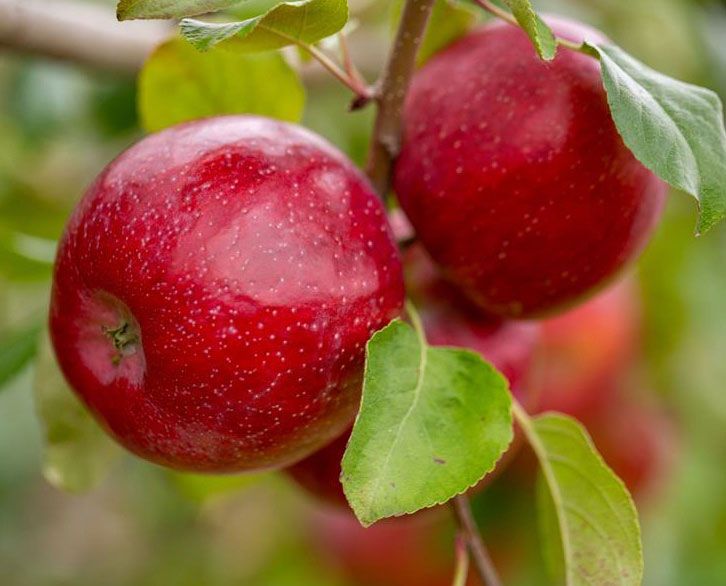New Findings On Beetle Flight May Help Control Deadly Walnut Tree Disease

Walnut twig beetle (Photo credit: Bugwood.com)
New research from entomologists affiliated with the University of California-Davis shows how environmental conditions influence the seasonal flight behavior of the walnut twig beetle, which spreads a deadly fungal disease in black walnut and other walnut trees. The research may lead to better control of the disease, now found throughout much of the United States.
Yigen Chen and Steve Seybold continually trapped the tiny insect, about a third of the size of a grain of rice, over three years along Putah Creek in Davis, CA. They recorded how temperature, light intensity, wind speed and air pressure influenced when the beetles took flight.
“Understanding the walnut twig beetle’s seasonal flight cycle and factors that govern its flight are critical first steps in the early detection of invasive species prior to implementing pest eradication or integrated pest management programs,” said Chen, a research entomologist with the UC-Davis Department of Entomology and Nematology. The work appears online in the journal PLOS ONE.
By itself the tiny walnut twig beetle, Pityophthorus juglandis, does little to walnut trees, said Seybold, who is with the USDA Forest Service Pacific Southwest Research Station in Davis, and is an affiliate of the UC-Davis Department of Entomology and Nematology.
However, when coupled with a fungus, Geosmithia morbida, it causes what is known as thousand cankers disease. The beetles create numerous galleries beneath the bark, resulting in fungal infection and canker formation.
The earliest symptom of thousand cankers disease is yellowing foliage that progresses to branch mortality and decline of the tree crown. Other symptoms are numerous small cankers on branches and the trunk, and holes and other evidence of tiny bark beetles.
As the disease advances, the health of the tree declines and eventually it dies, sometimes within a three-year period, said Seybold, who has been studying the beetle and the newly discovered fungus since 2008.
When male beetles initiate new galleries, they produce a pheromone, or scent that attracts other beetles. In earlier work, Seybold and colleagues identified this pheromone and developed a synthetic version that can be used to lure the insects into traps and to disrupt their normal behavior.
Disrupting insect aggregation or mating is crucial to controlling these pests. Understanding how environmental factors affect flight activity should increase the efficacy of integrated pest management methods, Chen said.
The scientists divided the seasonal flight into three phases: emergence, January-March; primary flight, May-July; and secondary fight, September-October. They discovered that more females than males flew in response to the male-produced pheromone. During the spring and summer months (May to September), daily flight patterns showed a minor peak in mid-morning and a major peak at dusk, with about three-fourths of the beetles caught between 6 p.m. and 10 p.m.
New knowledge of when the beetles fly and the effects of weather and lighting should help in deciding when the synthetic pheromones could best be used, the researchers said.
The walnut twig beetle is native to the southwestern United States and Mexico, and has now been detected throughout much of the United States. In 2013, it was reported in northern Italy.
Source: UC-Davis










